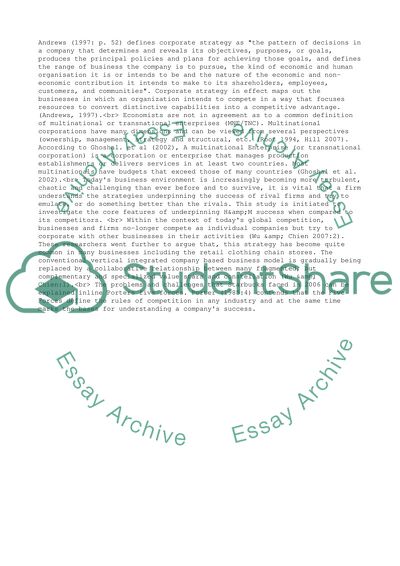Cite this document
(“International Business Strategy Master Case Study”, n.d.)
Retrieved from https://studentshare.org/business/1526387-international-business-strategy-master-case-study
Retrieved from https://studentshare.org/business/1526387-international-business-strategy-master-case-study
(International Business Strategy Master Case Study)
https://studentshare.org/business/1526387-international-business-strategy-master-case-study.
https://studentshare.org/business/1526387-international-business-strategy-master-case-study.
“International Business Strategy Master Case Study”, n.d. https://studentshare.org/business/1526387-international-business-strategy-master-case-study.


